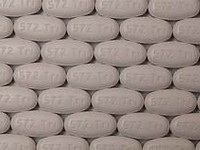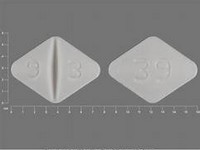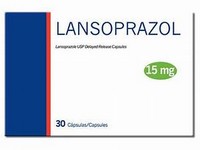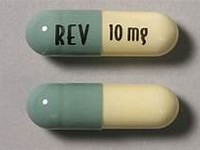nicotinic acid
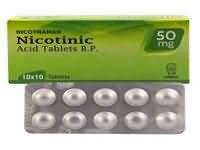
CLINICAL USE
HyperlipidaemiaDOSE IN NORMAL RENAL FUNCTION
375 mg – 2 g daily at nightPHARMACOKINETICS
DOSE IN RENAL IMPAIRMENT
GFR (mL/MIN)
30–50 50% of dose and increase according to response15–30 50% of dose and increase according to response<15 25% of dose and increase according to responseDOSE IN PATIENTS UNDERGOING RENAL REPLACEMENT THERAPIES
IMPORTANT DRUG INTERACTIONS
Potentially hazardous interactions with other drugsLipid-regulating drugs: increased risk of myopathy when used in combination with statinsAspirin: increased flushingADMINISTRATION
Reconstition
–Route
OralRate of Administration
–Comments
–OTHER INFORMATION
Doses from National Kidney Foundation Inc. American Journal of Kidney Disease. 2003; 41(4) Suppl. 3: S1:S91 K/DOQI guidelinesUse with caution in renal failure due to increased risk of rhabdomyolysisToxic reactions are frequent in CKD 5 Nicotinic acid and its metabolites are renally excreted and the metabolites account for some of the side effects of nicotinic acidOne study showed that once daily nicotinic acid used in patients with a GFR<60 mL/min (average 61 mL/min) was safe and effective.
See how to identify renal failure stages according to GFR calculation
See how to diagnose irreversible renal disease
Home

